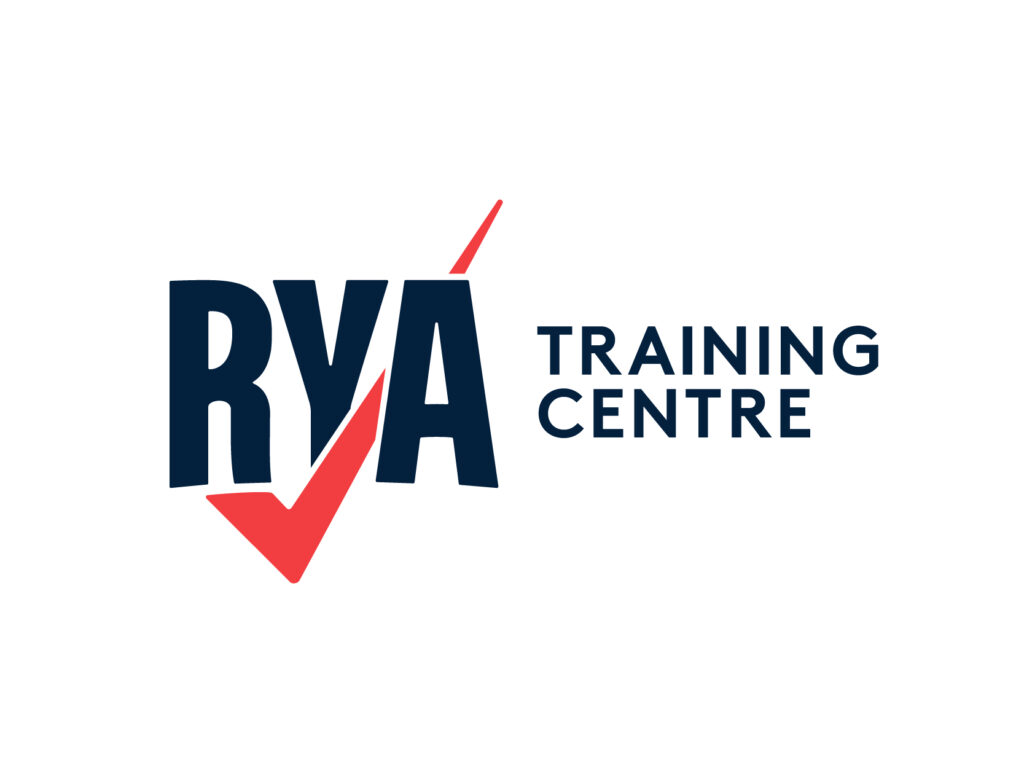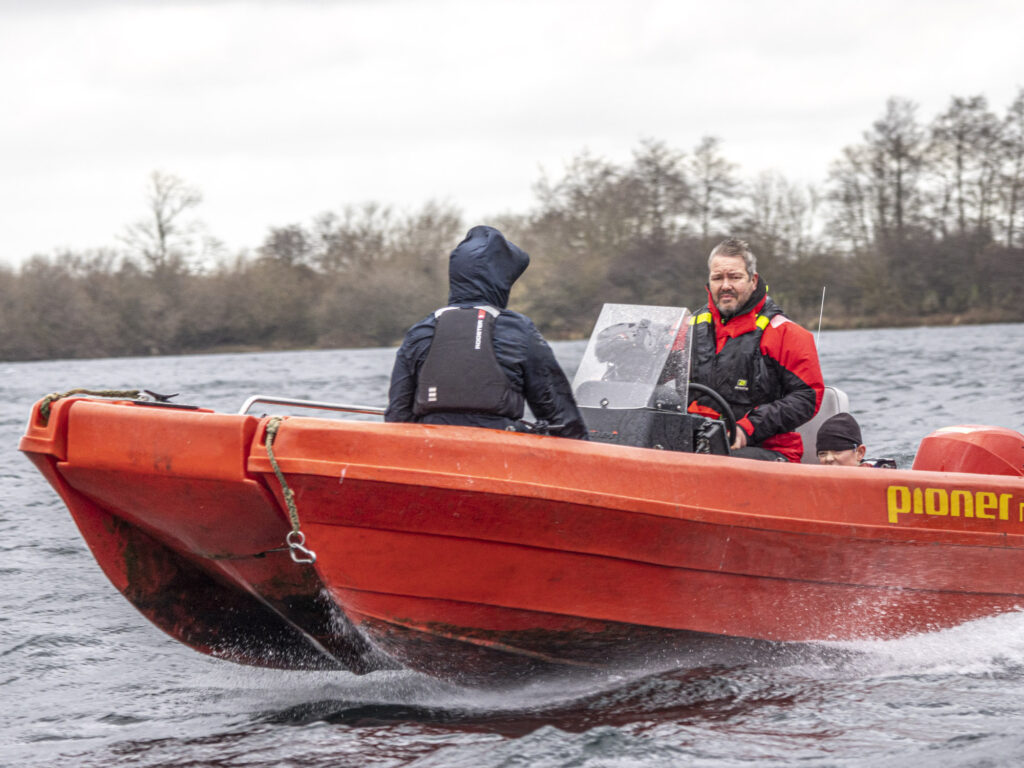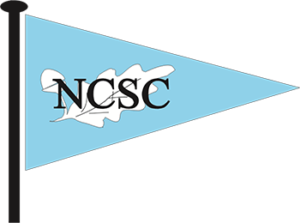Powerboat courses
The Club is an approved RYA Training Centre for Power Boat Instruction and offers several levels of powerboat training from absolute novice to RYA Safety Boat. For details of the courses available see below. Although an inland lake the RYA Powerboat 2 course covers the costal requirements.
Although we are primarily a sailing and windsurfing club, we run powerboat training for many important reasons:
- To enable club activities to be safe both for organised and informal sailing
- To allow us to deliver RYA Sailing and Dinghy training
- As part of the instructor development programme
- To improve the overall standard of driving and rescue capability within the club
- To facilitate our member’s wider boating experience
Please read our Terms and Conditions before booking terms for water based training


Club Safety boat courses (members only – free)
To book members need to sign in – non members need to create a login.
Course Details
Course Details
Course overview
This is an inhouse, club members only driving and safety course, designed to help the successful participant to be able to drive powerboats for club racing and general safety duties at Notts County Sailing Club. These run over 2 separate days, the first day is a driving course, the second is a safety course. Members who have RYA PB2 are exempt from the first day and can proceed to the Day 2 Safety Course. If you do not have your RYA PB2, please book both days separately, making sure that day 1 is completed before day 2. If you have RYA PB2 Certificate you will only need to book Day 2.
In addition, existing club drivers are welcome to attend for refresher training on a day 2 course.
NB; power boating is a cold activity (much colder than sailing as you are generally stationary in the boat) so we advise you to come well wrapped up, you can always remove layers. It is much harder to warm up once you get cold. For safety and rescue day, you will get wet and should be equipped for and prepared to enter the water.
Price: Members only – Free
Course pre-requisites
None but members holding RYA 2 are exempt from Day 1 (driving) and can proceed directly to Day 2 (safety).
Course duration
2 days (16 hours) or equivalent number of sessions, dependent on experience
Minimum age
16 years
Content
Boat handling (pontoon leaving and returning), rib placement (racing and training), casualty recovery (drift down/head up methods), righting capsized and total inversion dinghies, recovery of boats stuck on the mud and keelboat recovery (theory only).
Qualification gained on successful completion
Qualification gained – ability to volunteer to undertake Club Driving Duties
Format
Practical
Student / instructor ratio
1:3
What’s included
Use of club boats and equipment.
Buoyancy aids will be provided if you don’t have your own.
What you should bring
Depending on the time of year the Galley may be open for the purchase of breakfast, lunch and hot and cold drinks. If it will not be, you will be advised in advance so that you can bring your own food. Hot water will always be available
Kit list :
- Correct seasonal clothing e.g. layers.
- Buoyancy aid of correct specification e.g. adult 50N (one will be provided if you do not have your own)
- Appropriate enclosed footwear
- Additional warm clothing
- Waterproof outer spray top or coat
- Swimming costume and towel
- Sunscreen
- Water bottle
- Appropriate hat for the weather
- Gloves for warmth if required
- Change(s) of clothing
Course Details
Course overview
Learn how to drive a powerboat safely. This entry-level course (includes Level 1 Start Powerboating) provides the skills and background knowledge needed to drive and a powerboat competently in suitable conditions and forms the basis for an application for an International Certificate of Competence. It teaches boat handling, seamanship in powerboats. It focuses on low speed close quarters handling, man overboard recovery, an introduction to driving at planing speed, passage planning and collision regulations..
Course pre-requisites
None.
Course duration
2 days or equivalent number of sessions
Minimum age
12 (candidates under the age of 16 will be issued with an endorsed certificate) 8-12 year old can take RYA Level 1Powerboat, please enquire a stop availability.
Content
Launching and recovery, boat handling, securing to a buoy, anchoring, leaving and coming alongside, passage planning and man overboard. Incorporates RYA Level 1 Start Powerboating.
Qualification gained on successful completion
Self-sufficient powerboater in the right conditions, aware of own limitations and those of the craft.
The successful candidate is awarded an RYA powerboat level 2 (PB2) certificate that requires a passport sized photograph. The PB2 certificate allows holders to apply for an International Certificate of Competence (ICC), an especially useful certificate if you plan to go boating abroad. The PB2 licence is also an essential requirement to become an RYA Instructor and is desirable for assistant instructors. Please note the Inland/Coastal distinction has now been removed so we are able to award the full PB2 licence.
Format
Predominantly practical but with some classroom elements.
Student / instructor ratio
3:1
What’s included
Use of boats, equipment, RYA Powerboat Handbook.
Types of boats used: “planing” boats, i.e. RIBS, Pioneers and Rigiflex i.e. boats that lift up and move across, through the water, and powered by outboard engines.
What you should bring
Depending on the time of year the Galley may be open for the purchase of breakfast, lunch and hot and cold drinks. If it will not be, you will be advised in advance so that you can bring your own food. Hot water will always be available .
Passport sized photograph.
Kit list :
- Correct seasonal clothing e.g. layers.
- Buoyancy aid of correct specification e.g. adult 50N (one will be provided if you do not have your own)
- Appropriate enclosed footwear
- Additional warm clothing
- Waterproof outer spray top or coat
- Swimming costume and towel
- Sunscreen
- Water bottle
- Appropriate hat for the weather
- Gloves for warmth is required
- Change(s) of clothing
Courses available
This course provides the skills required when acting as an escort craft, safety boat or coach boat for a fleet of dinghies, windsurfers or canoes, or for racing or training activities. It includes rescue techniques and elements of race management and mark laying.
Price
Adult Members £125, Adult Non-members £250
Course pre-requisites
Should have a basic understanding of sailing boats and windsurfers.
RYA Powerboat Level 2 certificate must be held prior to this course
Course duration
2 days or equivalent number of sessions
Minimum age
16
Content
Preparation, boat handling, dinghy rescue, windsurfer rescue, kayak or canoe rescue (can be covered as theory), towing, end-of-day procedures, safety, suitability of craft, local factors, communication, rescuing other water users.
Qualification gained on successful completion
Able to provide safety or support cover to a range of craft, particularly sailing or windsurfing.
Format
Predominantly practical but with some classroom elements.
Student / instructor ratio
6:1
What’s included
- Use of boats, training materials and equipment.
- Course handbook, certificate and syllabus/logbook.
- Types of boats used: “planing” boats, i.e. RIBS, Pioneers and Rigiflex i.e. boats that lift up and move across, rather than through the water when at speed, and powered by outboard engines.
You will need to bring
- Depending on the time of year, the Galley may be open for the purchase of breakfast, lunch and hot and cold drinks. If it will not be, you will be advised in advance so that you can bring your own food. Hot water will always be available.
- If you already have a syllabus/logbook, please bring it with you, including any certificates attached inside.
- Powerboating is a cold activity (much colder than sailing) so we advise to come well-wrapped up; you can always remove layers if you are too hot. It is much harder to get warm again if you get cold.
- Buoyancy aid of correct specification (one will be provided if you do not have your own).
- Waterproof trousers and coat; wet weather gear even better!
- Correct seasonal clothing and additional warm layers. Thin thermal layers are great for layering.
- Appropriate enclosed footwear. Wellingtons, or shoes you don’t mind getting wet are good. Remember wet feet get cold, so dinghy boots, we find, aren’t great. No flip-flops or open-toed shoes please, in case you stub your toe!
- Appropriate seasonal hat and gloves
- Sunscreen
- Water bottle
- Change(s) of clothing
